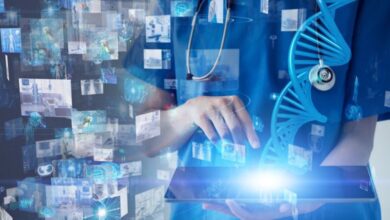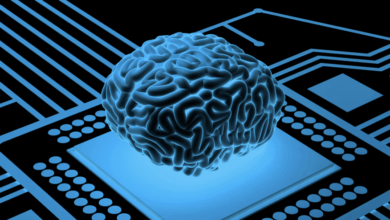We are edging on a new era of data-driven healthcare. In which artificial intelligence trained on billions of data points is helping radiologists make diagnoses, and predictive tools are making it possible to personalize treatments to a patient’s genetic make-up.
However, when Agamon CEO Michal Meiri was investigating where to focus her big data background, she quickly realized it was not in the area of better diagnosis or treatment that healthcare most needed her help. Instead, it was in freeing physicians and care teams from their backlog of admin work so they could actually concentrate on patient care.
In this article, Michal covers why data is still being underutilized in healthcare and how artificial intelligence applications like natural language processing (NLP) can unleash the value of healthcare data to improve operational workflow and ultimately save lives.
Developing the foundations to capture information
In healthcare, a single piece of information can mean the difference between life and death. But when as much as 80 percent of meaningful clinical data is captured and stored as unstructured text, it’s easy for information to get overlooked.
Extracting this data to better understand patients and their specific needs, is very often a manual and tedious process. Already, one third of the US healthcare spending goes to administrative tasks.
“We chose to focus on data created in radiology, because while radiology is the centre of information for a hospital, literally where the first evidence-based pieces of information about a patient’s condition are revealed, it’s also the department that most heavily relies on speech-to-text and free-text reporting,” said Michal.
“In large hospitals, full-time care coordinators are employed just to work on extracting information from radiology reports, for instance whether there’s been an incidental finding and the radiologist has recommended a follow-up exam.”
This work of detecting and sorting information is exactly where artificial intelligence, specifically NLP, can assist.
Using data to improve communication
Hospitals are enormous, and communication across departments, emergency teams, administration, specialists and patients, seems like a complicated web because it usually is.
So if somewhere in the system has some critical information about a patient, how do they make sure that information is relayed to the appropriate care team and the patient, in time?
“There are radiologists trying to contact a patient’s physician by phone. There are still practices that send most of their reports via fax. If the physician doesn’t pick up the phone, if information gets lost, if people forget to follow-up, what could have been an early detection of cancer or another disease can be left untreated for too long and become life-threatening,” said Michal.
“But if we’ve already collected and structured all the important data, then we can easily automate a very precise communication workflow — what information is sent, to whom, via what method (sms, email etc), and at what time intervals.”
“Automated notifications and reminders are simple, but powerful,” said Michal. “When we deployed our automation software for a large radiology provider in New York, we saw an increase in 50 percent more patients booking follow-up exams in just the first month.”
Unleashing the potential of automation
In the end, life’s too short to be sifting through reports and paperwork. And in healthcare, a patient’s life can literally depend on their physicians not being overwhelmed by administrative work.
If we want to achieve data-driven healthcare, where medical professionals have the critical insights they need to guide patients on the smoothest, most personalized journey to better health, we need to empower healthcare with automation. Giving medical professionals greater control over their workflow and freeing up time for what’s really important.




